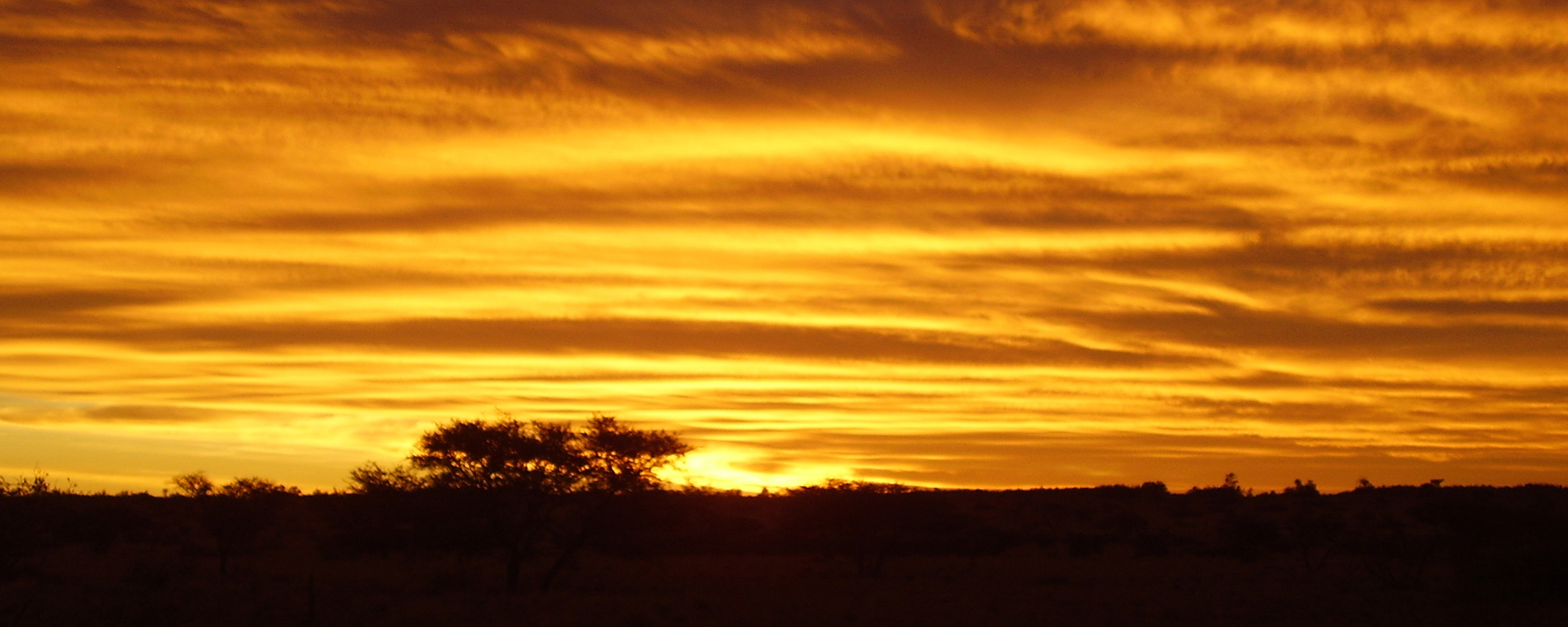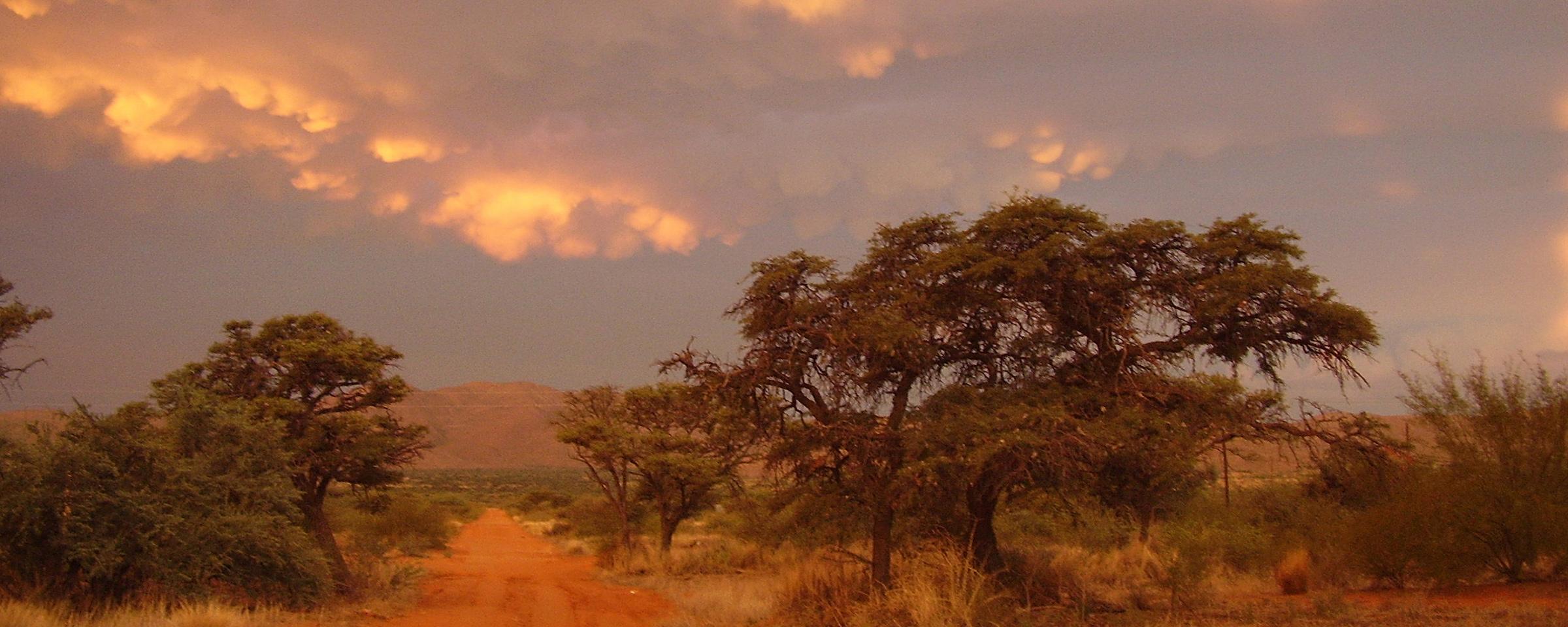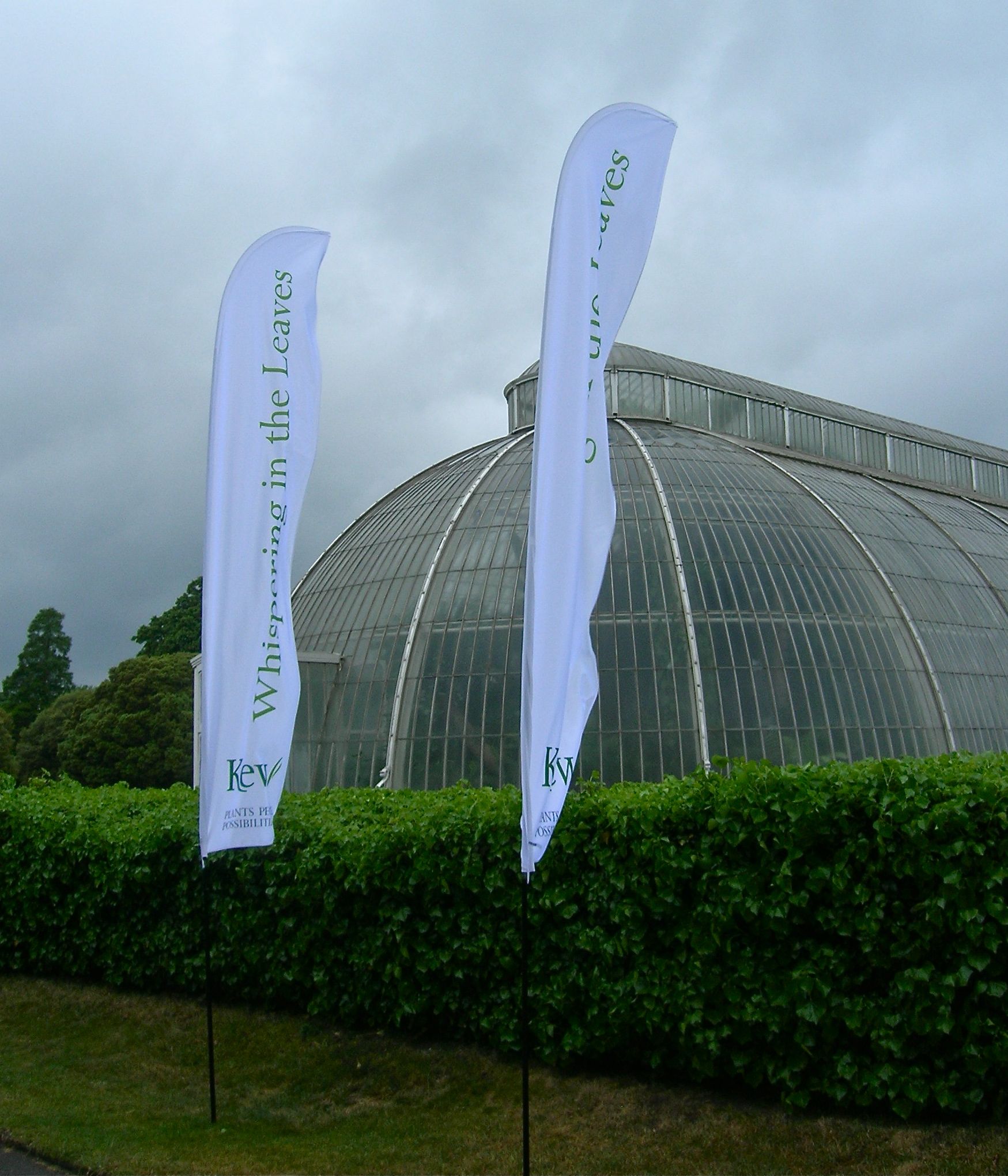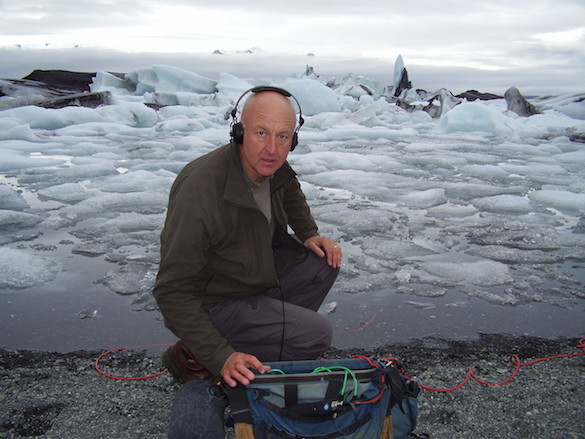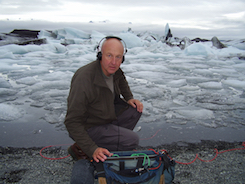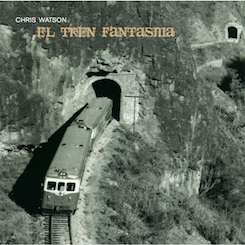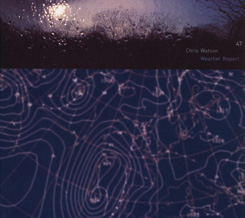
Chris’s first album for Touch. The tracks are the atmospheres of “special places”, recorded with the use of camouflaged microphones.
CD – 12 Tracks – 59:43
PDF Booklet + text file inc. liner notes and images
The tracks are the atmospheres of “special places”, recorded with the use of camouflaged microphones.
“In recent years I have noticed that some of the locations I visited as a sound recordist displayed remarkable and particular characteristics. These may be sparkling acoustics, a special timbre, sometimes rhythmic, percussive or transient animal sounds. Without a doubt, playing a recording made at one of these sites can recreate a detailed memory of the original event. Also, as others have described, there is an intangible sense of being in a special place — somewhere that has a spirit — a place that has an ‘atmosphere’. These recordings avoid background noise, human disturbance and editing. They are made using sensitive microphones camouflaged and fixed in position usually well in advance of any recording or animal behaviour. The mics. are then cabled back on very long leads to a hide or concealed recording point, the aim being to capture the actual sound within each particular location without external influence. Sites are discovered by researching local natural or social history, by interpreting features on a map or through anecdote and conversation with people about their feelings for or against particular places. The author and researcher Tom Lethbridge identified the sources of several spirits within the topography of the area. I suspect that this also includes flora and fauna, local time of day, the weather and the season. The following recordings are the atmospheres of special places.” (Chris Watson)
Tracklist and notes:
1. Low Pressure
0810h 6th October 1994
Wind wherever the sound recordist operates is an obvious nuisance. Just as it is with turbulent seas and fast-running water, it is relatively simple to make a recording that captures the generalised bashing and cashing of the elements, but this results in white noise that describes nothing of the detailed ebb and flow as witnessed. The remarkable thing here, in Glen Cannich, was that i could walk through the foci of these wind sounds within a few paces, as if being part of some great instrument. The blast here was so strong that it took some time to fix the microphones securely – I felt surrounded by the full force of the elements being channelled through this site, and wanted the recording to reflect the bent-double posture and sheer physicality I was experiencing. I cabled back 50 or 60m to a sheltered position and managed to run the tape for almost ten minutes before the microphones were blown over.
2. Embleton Rookery
0600h 7th May 1983
The churchyard looks out to the sea and across to the castle at Dunstanburgh Head, the vertigo cliff face forming a curve to create what was once a remote deep water harbour, used by Tudor monarchs. Maybe shipwrecked sailors have returned, reincarnated as the rooks that have chosen upon the old stone church in Embleton, whose name itself gives off a particular hum. Is it that the rooks are only rooks, and they sound dark to us because the Black Birdhas so many associations with malevolence and ill-omen? Lethbridge might have said that the birds come here, largely due to this always pagan site having obvious associations with the strong atmosphere of its ley lime and ritual past. Today, cars file past on their way to a family picnic on the promontory.
Go there at dawn, or last thing at night, out of traffic hours, and another sound takes over. The acoustic of the place spins the parliament of the rooks through the cold air, its stillness, and into the timeless chaos, as always, driven on by the ringing of the bells.
3. The Crossroads
0620h 27th March 1994
This morning the conditions were just right. This crossroads at Smalesmouth in the Kielder Forest, I am told, connects two of the ‘old straight tracks’ upon which Scottish drovers would herd their livestock south across the open hill. Today, the forest clearing is home to a host of bird, both resident and migrant. Here, however, end of March, the birdsong comes from local voices at the peak of their activity. So at our usual site on the junction of the forest tracks, recording began just after the light came up. The cold, dry air was full of detail, this isolated spot quickly reanimated by the ringing song and calls of chaffinch, robin, wren, songthrush, siskin and crossbill…
4. River Mara At Dawn
0615h 16th September 1994
A looping curve up river is edged with lush riverene forest. The location is spectacular, but its splendour has to co-exist with an oft-repeated stress on being vigilant; one does not wander alone on foot about the Maasai Mara.
Having set the mics, I cabled back some distance to the Land Rover and started to record. Eventually, building with the heat, were the convergent sounds of swirling water, black kites, wind through the surrounding vegetation and a blanket covering if flies.
5. River Mara At Night
2130h 16th September 1994
The same evening, Francis asked one of the other Maasai guards to take me back up river. Nightfall brings more danger. The hippos, who spend the day in the river, come out and graze on the vegetation, and can be very threatening animals… more people are killed by hippos than they are by lions.
The ‘atmosphere’ had changed. Listening for the wooden chimes of tree frogs, we were met by heavy rhythm, a wall of nocturnal sound. Moths and night flying beetles are being hunted – you can hear the deep octaval roar as they come close to the microphone. The metallic sounds, I suspect, are the acoustic calls of bats.
6. A Passing View
2350h 3rd April 1992
Today, Fai – a local fisherman, took us into the huge mangrove forests at Los Olovitos by canoe. We had spoken about some of the special places in the mangroves and in the early afternoon we stopped at a resting place bordering the lake. It was hot, humid and very quiet. I cabled some mics out into the water’s edge with the idea of returning before dawn the following day. Curiosity forced my return that night when I heard and recorded these mechanical sounds of fishing bats in the darkness. Afterwards, in torchlight, I could watch these beautiful, long-legged russet coloured animals trawling for small fish feeding on the surface of the water.
7. Bosque Seco
0540h 6th April 1995
I left the camp at 0500h this morning and followed the winding path east towards my marker. Within the forest it was still very dark and quiet, with rising warm dry air. Just as the light was breaking through the canopy, I found my site at a fork in the path. I rigged up the tape recorder. The temperature began to climb like a jet off a runway. The acoustics changed, the orchestra awoke and the forest found its rhythm.
8. Sunsets
2230h 16th May 1994
During the late afternoon I cabled the equipment out into the marsh from a track. At 2000h I went back to listen out for the evening chorus of snipe. On the ground, they are cryptic birds and will choose their spot, usually reedy and damp, close to their very well camouflaged nestling places in tussocks and long grass.
The evening was quiet until the point at which the light dramatically changes and colour vision vanishes. At this hour, the snipe will perform. In an amazing ritual and localised aerial display, they dive vertically like guided missiles towards the water, the sound of their tail feathers buzzing through the air.
9. The Blue Men Of The Minch
1400h 30th July 1994
I was fortunate enough to borrow a hydrophone from the research station at Cromarty. Five metres beneath the surface of the Moray Firth and directly over a particular deep water channel, common seals roar during their diving displays. Within a 1km radius of the hydrophone, bottle-nosed dolphins navigate and hunt using echo locating clicks. Occasionally they communicate with their unique signature whistles.
10. High Pressure
0550h 25th February 1994
On the hilltop, there was no shelter this morning from the intense biting cold – or a feeling of growing anticipation. The hard dry air gripped the trees and margins of the pool – now frozen, with only one small area of water by the mics.
Daybreak revealed a small constricted community of coot, mallard, widen and teal.
11. Gahlitzerstrom
1740h 5th October 1993
Observing from a hide over the previous two days, the cranes have followed a similar path towards their roost out on the waters of Udarser Wiek. In particular, they seem to favour a narrow channel to navigate east to west – flying in low over the end of a thin spit of brown reedy marshland where earlier this afternoon I concealed the mics.
In Greek mythology, Hermes is said to have envisioned the Greek alphabet by watching the beating wings of cranes as they passed by his line of sight. Their calls and signs remain across the centuries…
12. The Forest Path
0625h 7th October 1994
It was raining hard – there was cover under the edge of a large dark section of mature plantation. Gradually, out from the background, came the crook of distant stags. A rich, velvet acoustic rolling down through the trees and suspended in a low clinging mist.
Many of the tracks will be used for the forthcoming iOS app, Nimbus, was launched on September 10th 2014 in Brighton.
